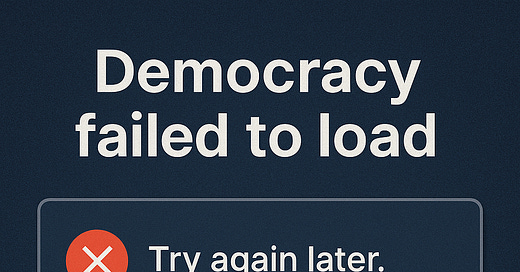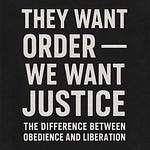Overview:
In this bonus reflection, we explore why democracy — especially in the U.S. — so often feels emotionally draining, confusing, or even pointless. Drawing from the world of user experience (UX) design, we unpack how the emotional friction in civic life is not just a personal problem… it’s a design failure.
This episode dives into:
What makes systems feel broken, even when they “technically” work
Why democracy is experienced like a glitchy app or endless customer service loop
How fear, grief, and self-protection keep us from engaging fully
The emotional toll of politics, and why we avoid the conversation
Why re-designing democracy begins with emotional safety and human dignity
Key Concepts Covered:
Civic design and emotional usability
Why UX principles matter for democracy
Systems of fear vs. systems of care
The hidden costs of “just move on”
PERMAH and the absence of flourishing in political life
Featured Frameworks:
THX: The 12 Utilities, PERMAH, Admiration Equation
Micro-Moments of democracy: confusion, grief, blame, despair
Why emotional safety is prerequisite to civic participation
Memorable Quote:
“If we can’t even talk to our family about what we believe — not because of disagreement, but because of fear — democracy has already failed its emotional design test.”
Takeaway Challenge:
How would democracy feel if it were designed like a well-loved community space — not a courtroom or a battlefield?
What would need to change?













Share this post